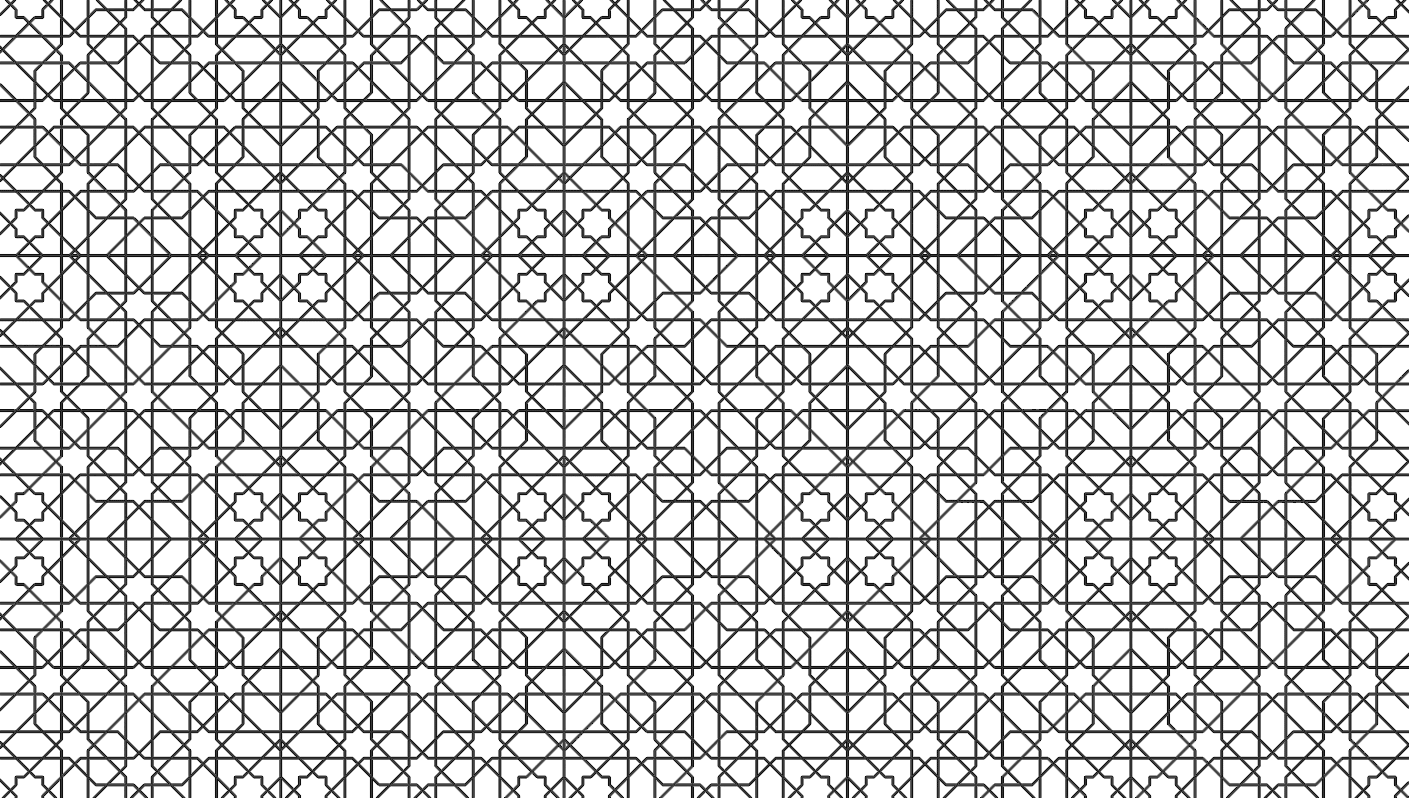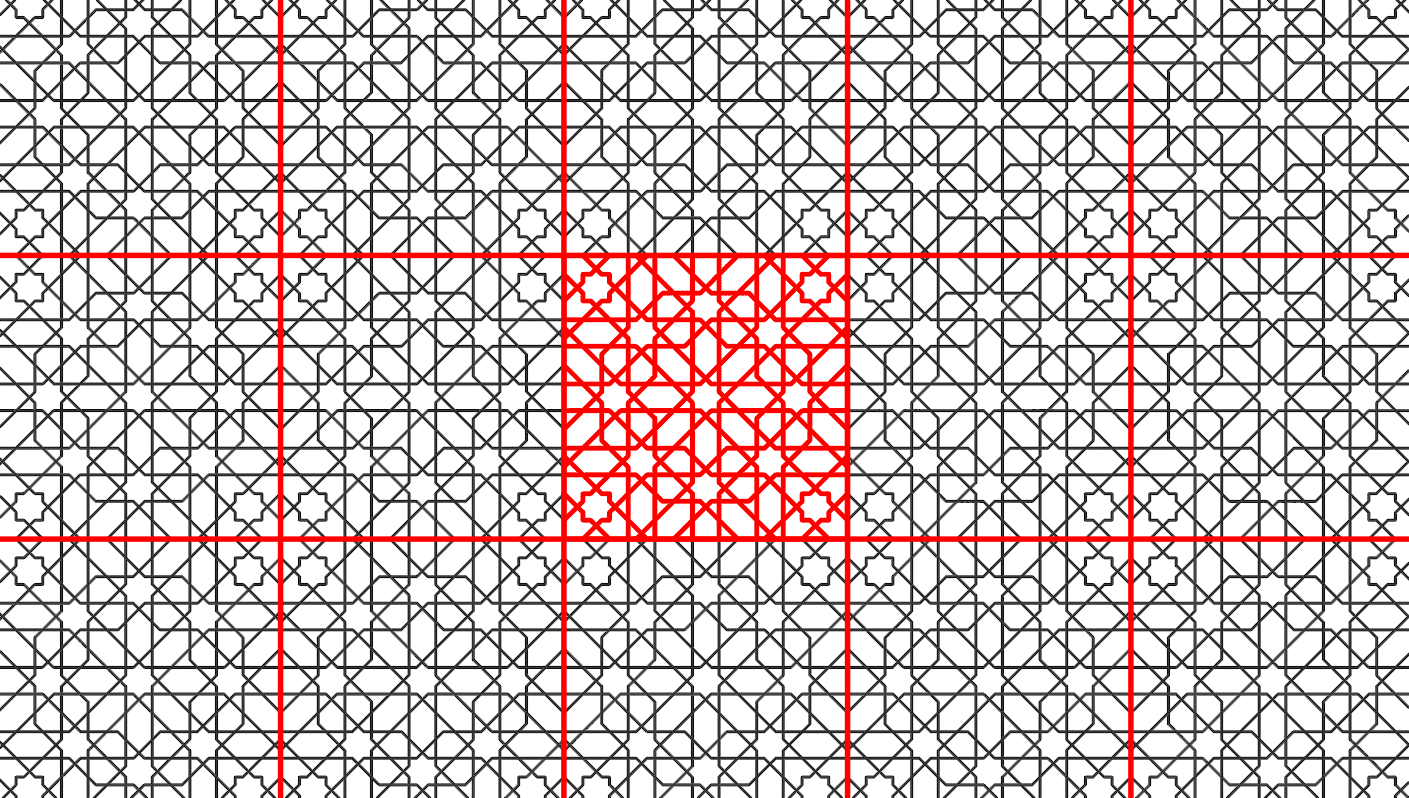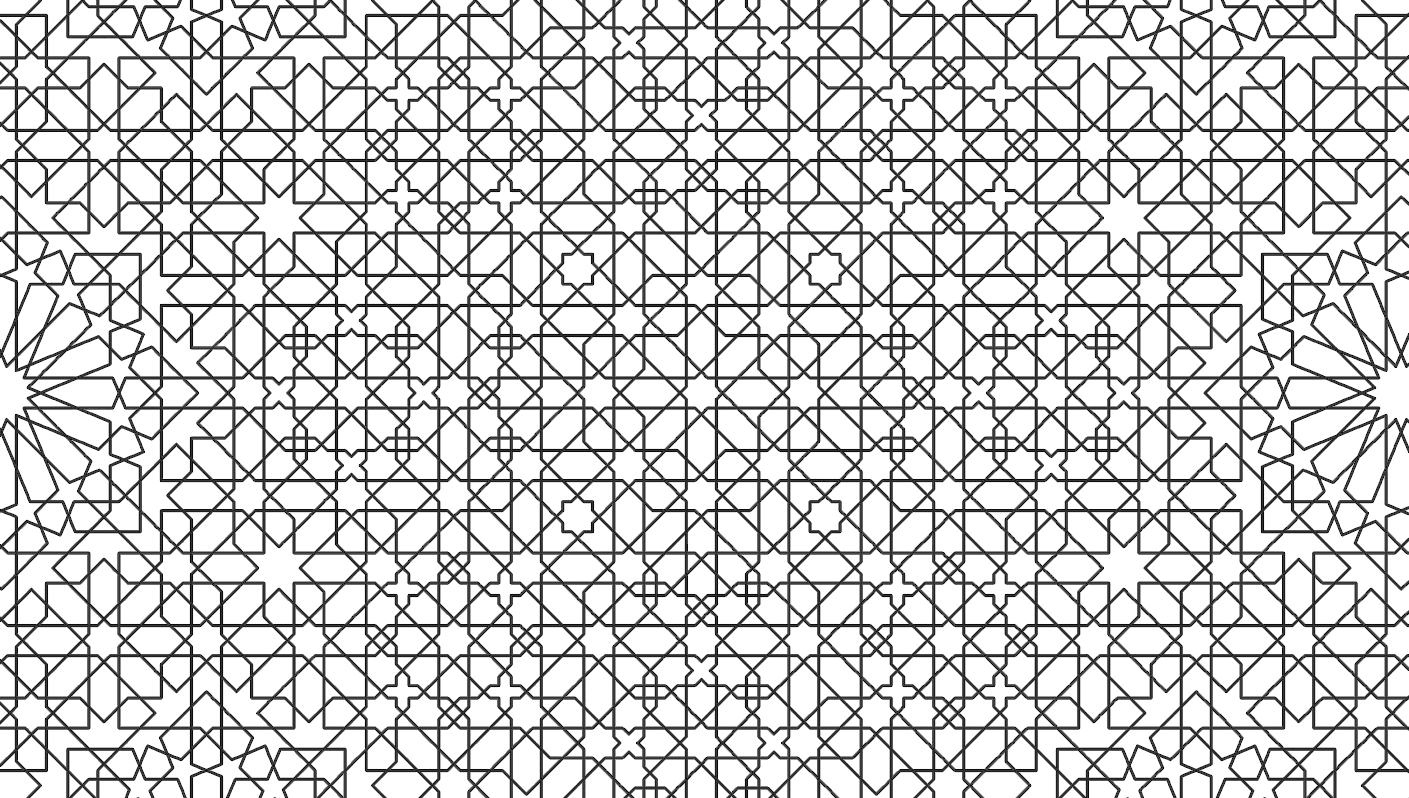What We Do
We differentiate.
Architectural and design practices are in a business that requires a constant effort to innovate and differentiate from one another to be successful. We help them in that quest.
Islamic geometric art is not only a treasured element of the artistic heritage of Muslims, but also an icon of the Islamic civilization. Most companies in the industry are using Islamic patterns, in one way or another, in their projects located in nations with Islamic roots.
Islamic geometric patterns are impressive due to their complexity and intricacy. The larger and the more complex, the more impressive they are, as is the perceived complexity that triggers the question in everyone's mind: How did they do this?
In our days, design firms use rather simple patterns, tiling a motif horizontally and vertically in order to cover a surface larger than the motif itself.
When the human eye is able to identify a repeating pattern and the brain is able to decode the puzzle, the impression of grandness and magnificence is suddenly lost. Islamic patterns are most impressive when the design extends profusely without repeating obvious patterns, to a point where the brain is not able to easily decipher the rules governing the tessellation.
At Nomad Inception, we are able to generate Islamic geometric designs several orders of magnitude larger than any existing pattern in the world, respecting every rule of the age-old art form.
Huge Islamic geometric compositions are mesmerizing for yet another reason: as the observer zooms into a large design, it keeps discovering new detail and new geometric structures. A universe of stars and galaxies conceals subtle rosettes that start fading in, until the connection among them is revealed.
A closer look shows the complexity of the universe, as the nature of the polygonal pieces connecting stars is unveiled. An even closer look reveals there are lines around each polygonal piece, obeying one unbelievable rule: each line runs above and below each line crossed, alternately, all across the massive non-periodic composition.
Implementing these original groundbreaking large-scale non-repetitive Islamic geometric designs rather than the more common small tile patterns is a unique opportunity for design teams to differentiate themselves in this highly competitive industry.


















